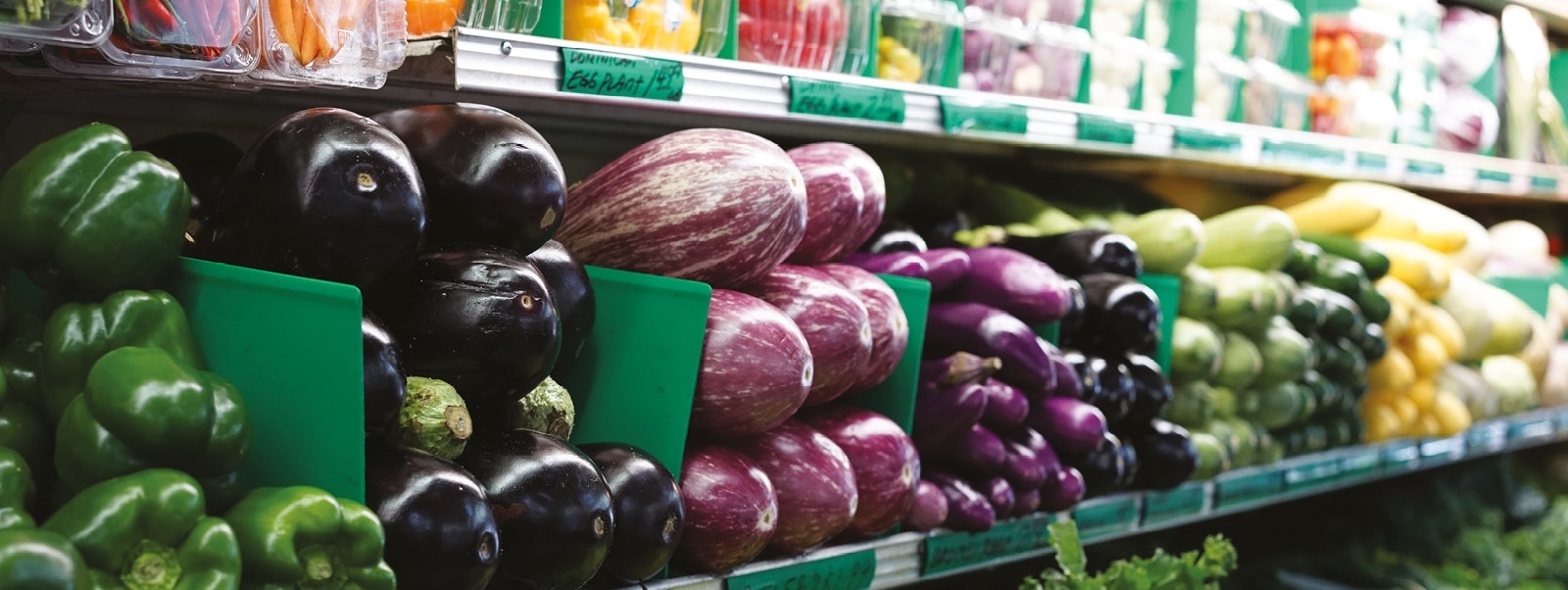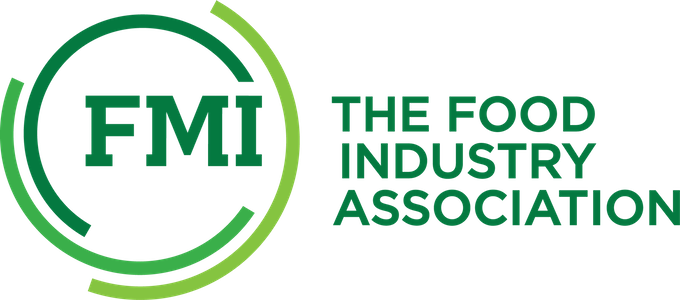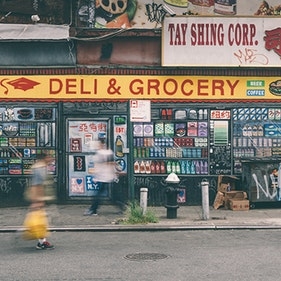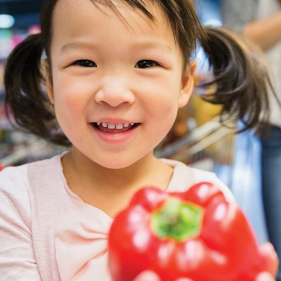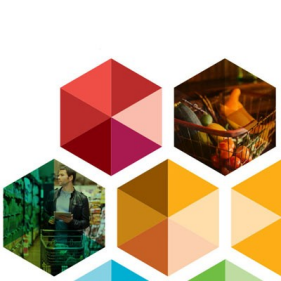This is an FMI authored article.
In the food industry, it would be hard to argue there are two more important topics to companies and to customers than food safety and sustainability of the food industry and the production systems involved.
Consumers expect food they purchase to be safe. Unfortunately, that is not always the case as we have learned with many examples of outbreaks and large-scale recalls involving everything from leafy greens to meat to berries. These large food safety issues result in millions of pounds of product being removed from the market, removed from commerce and destroyed usually in landfills.
Based on information available from the EPA1, of all food waste, 75 percent ended up in landfills, 18 percent was combusted with energy recovery and only 6 percent was composted.
Sustainability, like food safety, spans the entire supply chain and all involved in food production can implement sustainable practices. This ranges from production agriculture and use of natural and synthetic resources, throughout the supply chain during manufacturing and processing to the retail and consumer levels with composting, packaging, recycling and many other practices in use to allow us to meet future production needs.
As much time and effort has been spent on sustainable practices throughout the supply chain, there are some points that remain challenging and the goal of having safe product is not aligned with sustainable practices. There are examples of how by following sustainable practices, we create another potential problem by changing another factor such as food safety. If we utilize a widely used definition of sustainability published decades ago in the landmark report “Our Common Future: Report of the World Commission on Environment and Development”2, sustainability is based on development that meets the needs of the present without compromising the ability of future generations to meet their own needs. If food safety or public health outcomes are altered after implementing sustainable practices, that by definition, is not sustainable. We must look at all systems and all outcomes to work towards sustainability and sustainable systems.
Single-Use Plastics And Containers
Single-use plastics are under attack and many jurisdictions are contemplating bans on their use for certain industries. One familiar to our industry is for food storage and service. In some cases, there are alternative materials that can be utilized such as glass or compostable containers. Development of products is still needed to be able to fill the role of single-use plastics. Many consumers ask to bring their own reusable container to stores to obtain items in bulk, at salad or hot bars and other prepared foods departments. This seems like a simple solution, yet there are many barriers in place from a food safety perspective, not to mention challenges with tare weights and other point-of-sale barriers.
Retail food establishments are regulated at the local or state level. FDA publishes a model Food Code3 every four years that provides an idealistic set of regulations for implementation by local and state officials. While there might be differences in jurisdictions, the FDA Food Code, provides a working framework based on the best science available. Changes to the Food Code are slow and involve many stakeholders so it is not a flexible document.
The Food Code addresses refilling customer-owned reusable containers, but there are many barriers in place (FDA Food Code, Section 3-304.17(B)). The Food Code includes requirements on design and construction, limits the use to specific purposes and it must be cleaned and sanitized using the same requirements for utensil washing in food establishments and requires a verification step.
In short, the only way for a reusable container to be used by consumers and meet the requirements of the Food Code are for the food establishment to approve of the container and then wash, rinse, sanitize, and inspect the container at the retail establishment. In all practical situations, these steps are a barrier to using reusable containers provided by consumers. This is a situation in which the regulation, or model for the regulations, has not caught up with consumer demand and advances in sustainable practices. It is essential that the container not serve as a source of contamination. However, reusable containers are being used in homes and for noncommercial purposes on a routine basis with no measurable public health impact.
The increased use of reusable containers seems an opportunity to introduce sustainable practices and meet consumer demand if a compromise on safety can be reached.
Plastic Bags For Separation Of Products
As of 2019, eight states have banned plastic bags and many jurisdictions have restrictions on the use or taxes on the use of plastic bags4. Variations include bans on non biodegradable bags, bans on straws and polystyrene.
One of the most effective ways of separating products is to bag meat and poultry items in grocery stores at the time of selection. This is research-proven to reduce contamination levels and protect consumers5. Plastic bag bans impact food safety because an effective tool at separating products is removed from access at the store and consumer level. FMI has worked with local and state legislatures to allow for exemptions for the use of plastic bags in meat, poultry, seafood, delis, and produce departments. Separation of products is a simple and effective tool to help reduce cross-contamination and to protect consumers.
Food Waste
FMI has been a partner organization in the Food Waste Reduction Alliance (FWRA)6 and has assisted as well as showcased member achievements to reduce the food waste at multiple points throughout the supply chain. FWRA goals include increasing food donations, finding alternative outlets for unused food, and reducing the amount of product sent to landfills.
As the industry and consumers became more aware of the amount of food waste and the sources, FMI revised its policy on product code date labeling to streamline the terminology and try to help eliminate confusion. This resulted in a recommendation to use a “best before by date” or a “use by date” and to eliminate use of “sell-by” unless it is required by a state regulation, such as for fluid milk. This terminology has been widely accepted by the industry and even by government agencies such as USDA Food Safety Inspection Service7 and the US FDA8.
When there are product recalls, withdrawals, consumer advisories, or other notices that food could be unsafe for consumption, food waste becomes secondary to protecting public health. Unsafe products do not necessarily have to go to a landfill and there are opportunities for energy generation or composting. The most important part to consider is that the products should not be used once their safety is in question.
Summary
Sustainability is about the protection of the environment but it is also about human health and economic viability of systems. We need to continue to work on our most challenging issues in sustainability but cannot lose sight of human and social factors as well as the economic impact. All factors must be evaluated, and there are many examples of unintended consequences that end up doing more harm. The food industry must be challenged to continue to advance and improve; however, we must also protect.
4. National Conference of State Legislatures. Accessed December 2019. http://www.ncsl.org/research/environment-and-natural-resources/plastic-bag-legislation.aspx
5. FUR-CHI CHEN, SANDRIA GODWIN, DELORES CHAMBERS, EDGAR CHAMBERS IV, SHERYL CATES, RICHARD STONE, and AMY DONELAN (2018) Contamination by Meat Juice When Shopping for Packages of Raw Poultry. Journal of Food Protection: May 2018, Vol. 81, No. 5, pp. 835-841. https://doi.org/10.4315/0362-028X.JFP-17-467
6. https://foodwastealliance.org/
7. https://www.fsis.usda.gov/wps/portal/fsis/newsroom/news-releases-statements-and-transcripts/news-release-archives-by-year/archive/2016/nr-121416-01
8. https://www.fda.gov/consumers/consumer-updates/confused-date-labels-packaged-foods


